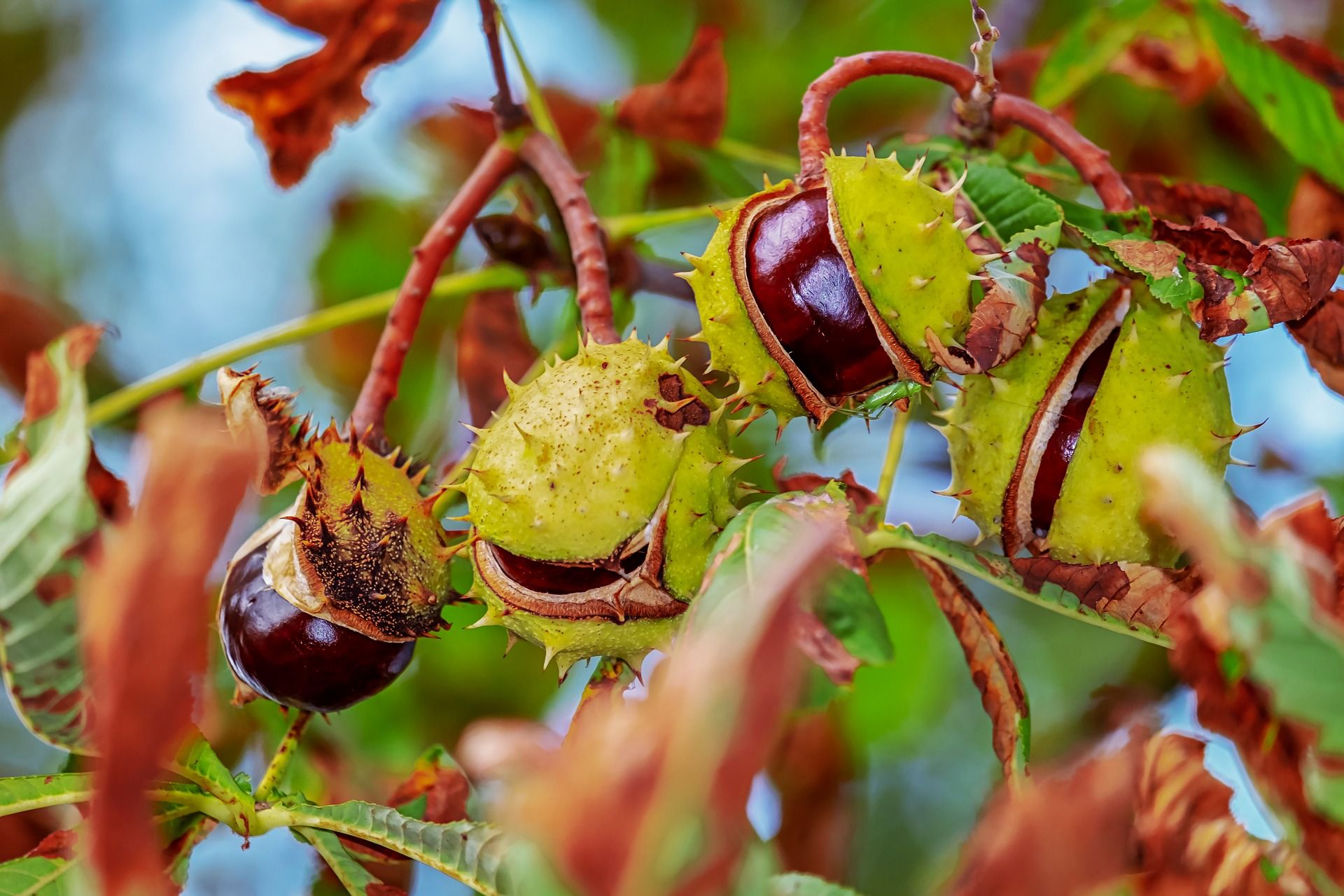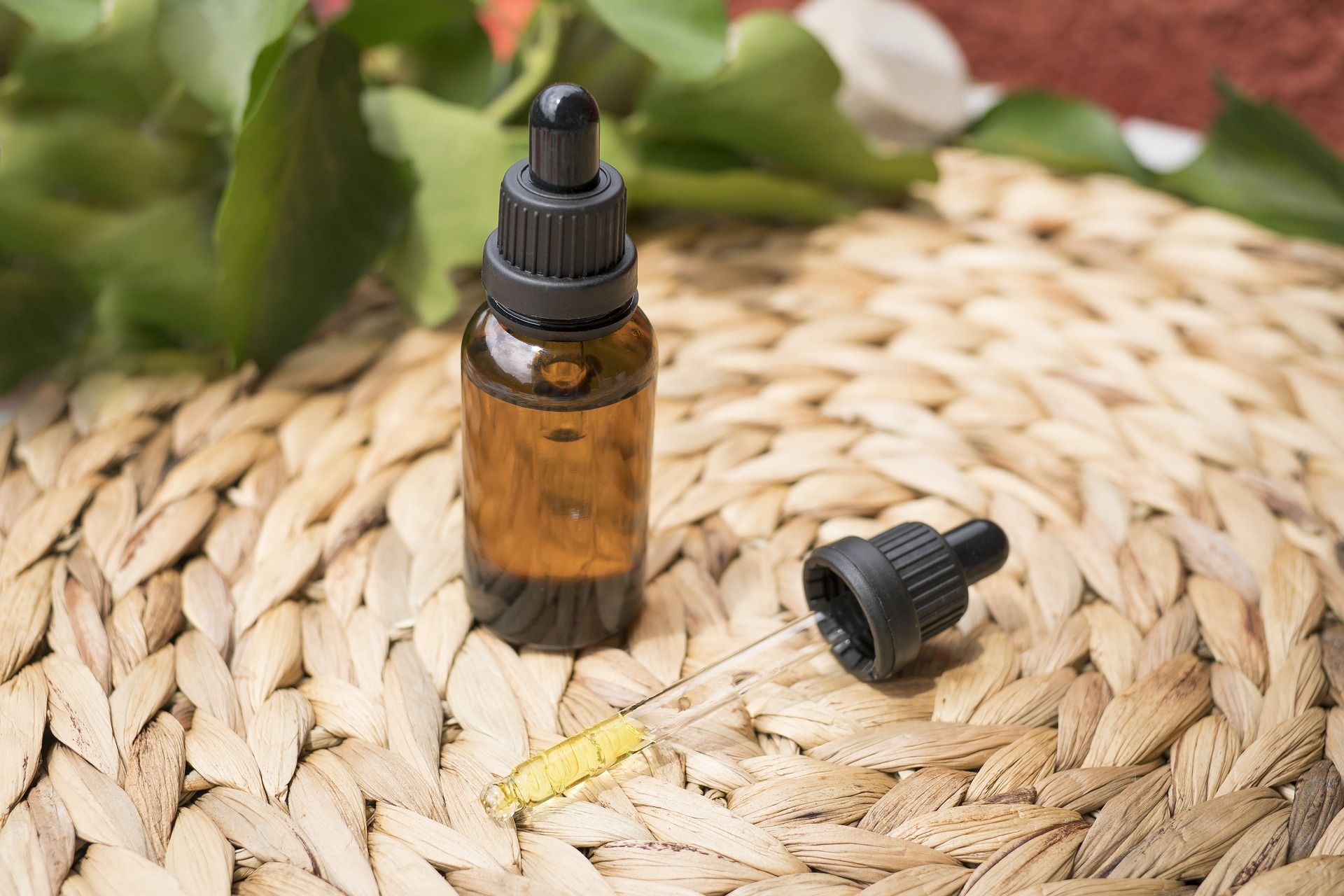**ENG**
Good morning everyone, today I would like to share with you my personal experience in using chestnut as a phytotherapeutic remedy.

Foto di Couleur da Pixabay
Description: deciduous tree.
Minimum cultivation temperature: -20 °C.
Balsamic period: May.
Toxicity: low, may cause gastrointestinal disorders.
Do not take Castanea sativa supplements during pregnancy and breastfeeding, always consult a doctor before taking herbal preparations based on this plant.
Beneficial properties: expectorant, cough reliever, vasoprotector and anti-inflammatory (airways).
Confirmed activities: melliferous plant and food (fruits).
Active ingredients: ellagic acid, gallic acid and tannins.
PREPARATIONS
Infusion: prepared with 3 g of dried leaves per 100 ml of water for the expectorant function.
Officinal tincture: prepared with 10 g of dried leaves, chopped, macerated for 21 days in 100 ml of 62° hydroalcoholic solution. The filtrate can be stored for 3 years, 30 drops per day for expectorant and cough-relieving functions.
Gemmoderivative: prepared with 12.5 g of fresh buds, macerated for 21 days in 100 ml of glycerine solution (50 ml of glycerol, 35 ml of 96° alcohol and 15 ml of water). The filtrate can be stored for 3 years, 60 drops per day for vasoprotective function.
Honey: effective as an anti-inflammatory for the upper respiratory tract.
NOTES
Chestnuts are edible and are used in many recipes to prepare sweets and gnocchi.
**ITA**
Buongiorno a tutti, oggi vorrei condividere con voi la mia esperienza personale nell'utilizzo del castagno come rimedio fitoterapico.

Foto di Erin Stone da Pixabay
Descrizione: albero deciduo.
Temperatura minima di coltivazione: -20 °C.
Periodo balsamico: maggio.
Tossicità: bassa, può causare disturbi gastrointestinali.
Non assumere integratori di Castanea sativa in gravidanza e allattamento, consultare sempre un medico prima di assumere preparati fitoterapici a base di questa pianta.
Proprietà benefiche: espettorante, tossifugo, vasoprotettore e antinfiammatorio (vie aeree).
Attività confermate: pianta mellifera e alimento (frutti).
Principi attivi: acido ellagico, acido gallico e tannini.
PREPARAZIONI
Infuso: preparato con 3 g di foglie essiccate per 100 ml di acqua per la funzione espettorante.
Tintura officinale: preparata con 10 g di foglie essiccate, tritate, fatte macerare per 21 giorni in 100 ml di soluzione idroalcolica 62°. La conservazione del filtrato è pari a 3 anni, 30 gocce al giorno per le funzioni espettoranti e tossifughe.
Gemmoderivato: preparato con 12,5 g di gemme fresche, fatte macerare per 21 giorni in 100 ml di soluzione glicerica (50 ml di glicerolo, 35 ml di alcol 96° e 15 ml di acqua). La conservazione del filtrato è pari a 3 anni, 60 gocce al giorno per la funzione vasoprotettrice.
Miele: efficace come antinfiammatorio delle prime vie respiratorie.
NOTE
Le castagne sono commestibili e vengono utilizzate in molte ricette per preparare dolci e gnocchi.
Sources - Fonti :
https://www.erbecedario.it/it/castagno
https://erbeofficinali.org/dati/q_scheda_res.php?nv_erba=CASTAGNO